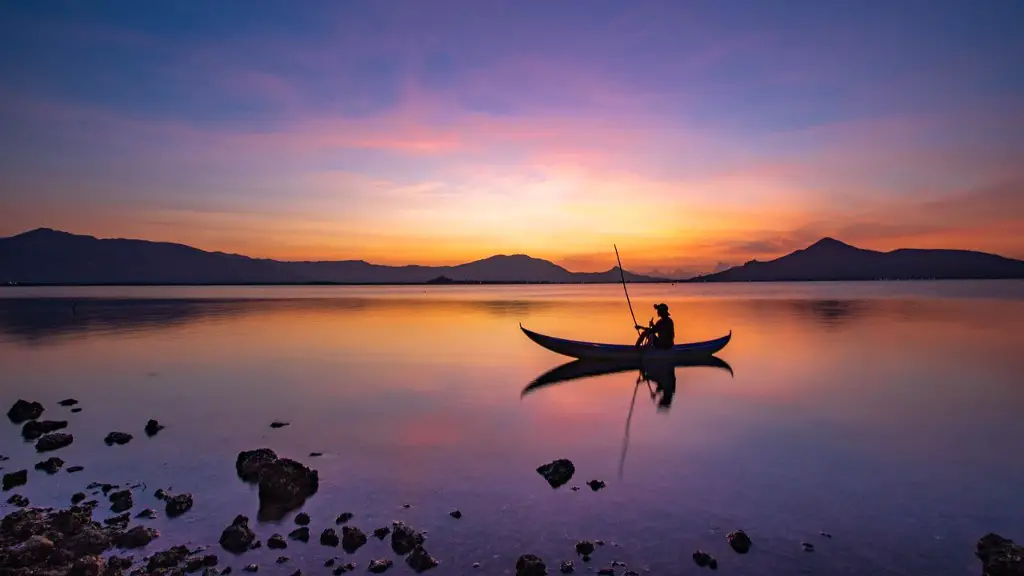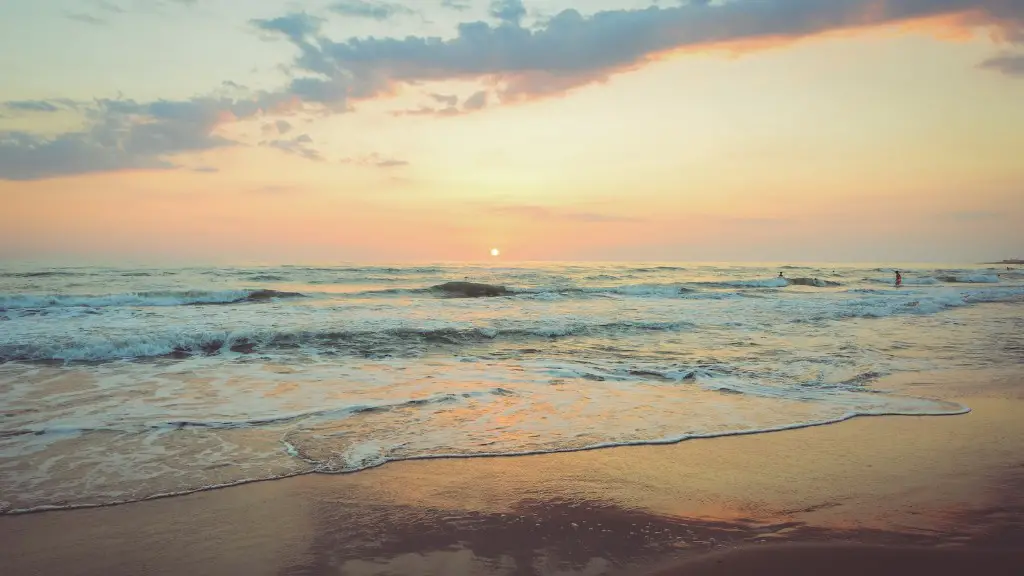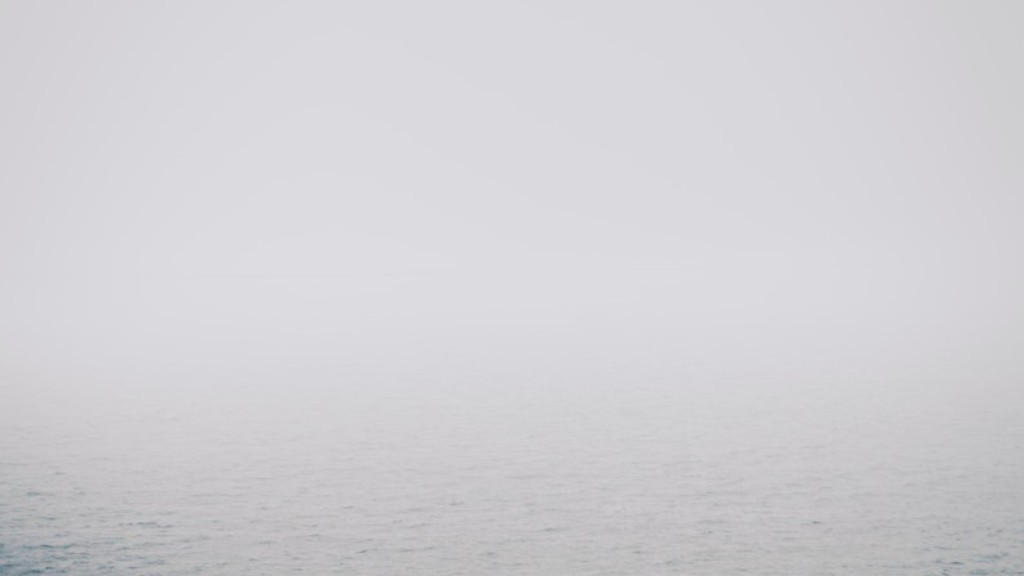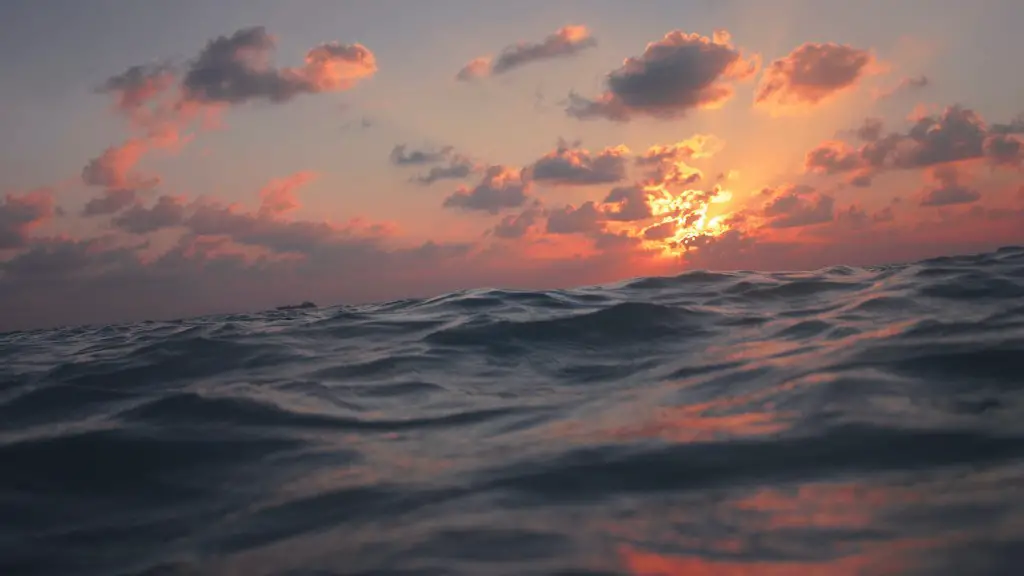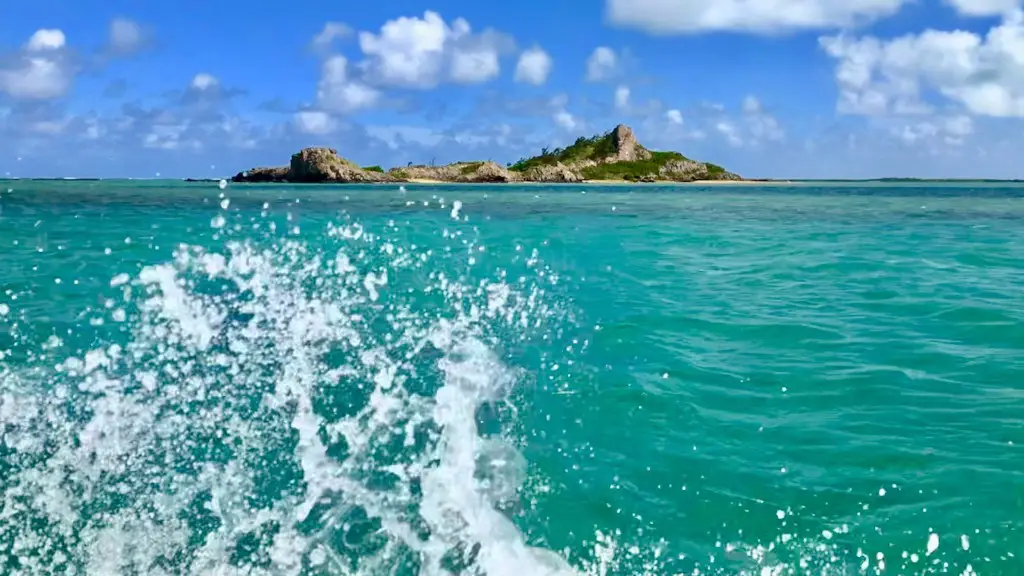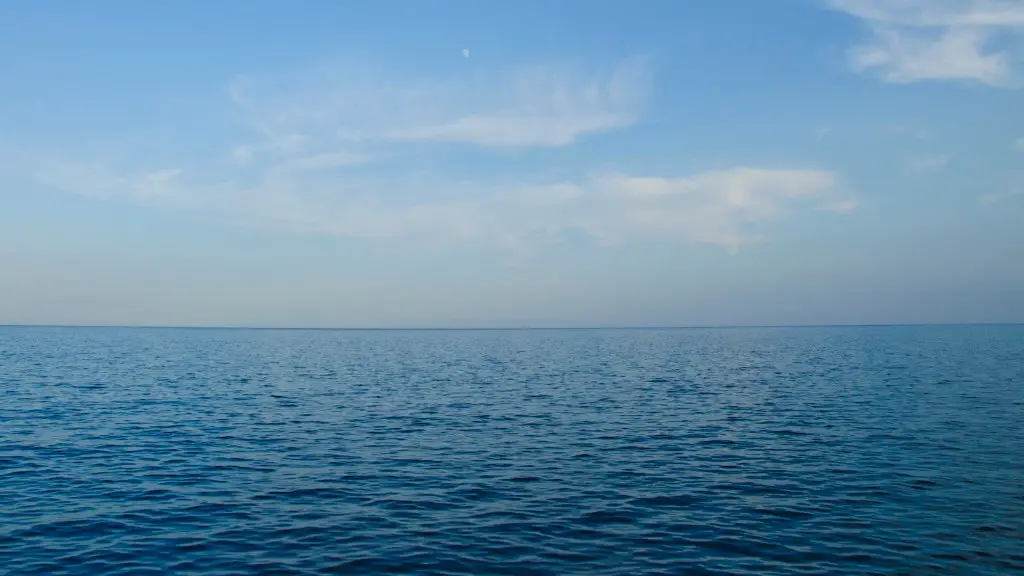The Red Sea is a deep-sea basin located between Africa and Asia. The basin is one of the world’s most hyper-saline environments, due to its high evaporation rate and lack of freshwater inputs. The high salinity results in a density gradient that preventsmixing of water masses. The Red Sea is thought to have formed in the Miocene Era (23-5 million years ago) when the Arabian Plate began to rift from the African Plate. The resulting divergence created a deep-sea trench that was filled with seawater.
The Red Sea was formed over millions of years as the African tectonic plate slowly moved northward, pushing up the landmass that comprises the Sinai Peninsula. As the plate continued to move, the rift that had been created between the plateau and the Arabian plate gradually widened, filling with water from the Indian Ocean.
When did Red Sea formed?
The Gulf of Suez and the Red Sea are two of the most important bodies of water in the world. They are connected by the Gulf of Aqaba, which is a narrow strip of water that separates Egypt from Saudi Arabia. The Gulf of Suez is the larger of the two bodies of water and is located to the north of the Red Sea. It is connected to the Mediterranean Sea by the Suez Canal, which is one of the busiest shipping lanes in the world. The Red Sea is located to the south of the Gulf of Suez and is connected to the Indian Ocean. It is one of the most popular tourist destinations in the world due to its stunning coral reefs and clear blue waters.
TheRed Sea Rift is a continental rift zone that extends for more than 3,000 kilometers from the Afar Triple Junction in the Red Sea to the Gulf of Aden. The Red Sea Rift began to form during the late Oligocene and early Miocene epochs (30–20 million years ago), as the Arabian Plate began to rift from the African Plate along a series of southwest-dipping normal faults. The resultinggraben formed the Red Sea Basin, which is the deepest part of the Red Sea.
How did the Red Sea get so salty
The dry-air blasts increase evaporation on the surface of the sea. This colossal evaporation removes a large amount of heat and water vapor out of the sea, leaving it much saltier.
The ancient Egyptians built many canals across the red sea but none of them lasted. The Red Sea was mentioned heavily in the Biblical book of Exodus which describes the holy Crossing of the split of the waters of the red sea. In the 6th century BC, Darius I of Persia made the Red Sea his navigation project.
Why did the Red Sea happen?
There is some evidence to support the claim that the parting of the Red Sea and the Plagues of Egypt were natural events caused by a single natural disaster, a huge volcanic eruption on the Greek island of Santorini in the 16th century BC. For example, the Santorini eruption would have caused a massive tsunami that could have parted the Red Sea. Additionally, the Plagues of Egypt coincide with known environmental effects of volcanic eruptions, such as decreased sunlight and cooler temperatures.
However, there is also evidence that contradicts this claim. For example, the Bible describes the parting of the Red Sea as a miracle performed by God, not a natural event. Additionally, some of the Plagues of Egypt, such as the plague of locusts, could not have been caused by a volcanic eruption.
Ultimately, whether or not the parting of the Red Sea and the Plagues of Egypt were natural events caused by a volcanic eruption is still an open question.
The Red Sea is a body of water located between Africa and Asia. It is considered to be one of the world’s most beautiful and interesting places. Here are six interesting facts about the Red Sea:
1. The Red Sea got its name from the translation of its ancient Greek name, Erythra Thalassa.
2. The Red Sea was once a key trade route between Africa and Asia.
3. The Red Sea has warm waters all year round.
4. The Red Sea is home to a vibrant coral reef ecosystem.
5. The Red Sea is home to an abundance of aquatic life.
6. The Red Sea has many health benefits.
Did the tectonic plates create the Red Sea?
The Afar region in Northern Ethiopia is the centre of a “Y” shaped rift system, which is responsible for the formation of the Red Sea and Gulf of Aden. The continental lithosphere in this region is being stretched and is slowly splitting apart, with the Arabian Plate rifting away from the African Plate along an active divergent ridge system. This process is still ongoing, and has resulted in a number of significant earthquakes in the region in recent years.
Mid-ocean ridges are how oceans are born, grow, and mature. Right now, Africa and Arabia are pulling apart, a process called continental rifting, and the Red Sea between them is widening at an average annual rate of less than half an inch. The process of continental rifting will eventually create a new ocean basin, and the mid-ocean ridge will be the boundary between the new ocean and the existing Red Sea.
Can you swim in the Red Sea
Swimming in the sea can be a great experience, but it’s important to be aware of the abundant marine life that can be found in the coral waters of the Red Sea. Stonefish, scorpionfish, rays, jellyfish, sea urchins and coral can all be present during swims, so it’s important to be cautious and avoid contact with them.
The Secrets of the Red Sea is a 1937 French adventure film directed by Richard Pottier. The film stars Harry Baur, Gaby Basset, and Alexandre Mihalesco. The film is based on the 1931 novel of the same title by Henry de Monfreid.
Which is saltier Dead Sea or red sea?
The Dead Sea is one of the world’s saltiest bodies of water, with a salinity of around 35%. This makes it very difficult for most organisms to live in, however, there are a few bacteria and other organisms that have adapted to the high salinity level. The high salt content also makes the Dead Sea very dense, which makes it easy for people to float on the surface.
The Amazon River is one of the longest rivers in the world, and it is also one of the most important. The Amazon River flows through the rainforest of South America, and it is a major source of food and transportation for the people who live there. The Amazon River is also a major source of water for the countries of Brazil, Peru, and Colombia.
What country owns the Red Sea
The Red Sea is a body of water that is located between Africa and Asia. The countries that border the Red Sea on the northern shore are Egypt, Israel, and Jordan. The countries that border the Red Sea on the eastern shore are Saudi Arabia and Yemen.
This is a really interesting finding! It shows that even a strong wind can have a significant impact on clearing a path through mud. This could be really useful for people who need to cross mudflats in order to get to their destination.
Which sea did Jesus walk on?
The miracle, according to the gospel of Matthew, took place after Jesus had fed five thousand people with just five loaves of bread and two fish.
As Jesus and his disciples were crossing the lake in a boat, a storm began to brew and the waves began to rock the vessel.
In a panic, the disciples woke Jesus, who was asleep in the back of the boat, and begged him to save them.
Jesus then calmed the storm and walked on the water to the shore, where his disciples greeted him with amazement and worship.
The Sea of Galilee is a popular tourist destination for Christians and other religious pilgrims from around the world.
In 1980, the Dead Sea turned red due to the presence of an alga called Dunaliella. Dunaliella in turn nourished carotenoid-containing (red-pigmented) halobacteria, whose presence caused the color change. This event occurred after a rainy winter. Researchers from Hebrew University of Jerusalem found the Dead Sea to be teeming with Dunaliella.
Final Words
The red sea was formed over millions of years as the African tectonic plate slowly moved northward and collided with the Arabian plate. This collision caused the land to buckle and push up, forming the mountains and highlands of the region. As the land continued to rise, the sea level dropped and the Red Sea began to form.
The most likely theory for the formation of the Red Sea is that it resulted from the separation of the African plate from the Arabian plate. This occurred during the early Cenozoic era, approximately 30 million years ago. The process of continental drift caused the two plates to move apart, and as the gulf widened, the sea eventually became the deep body of water that it is today. The salty waters of the Red Sea are thought to have come from the Mediterranean Sea, which once covered the region prior to the formation of the Red Sea.
